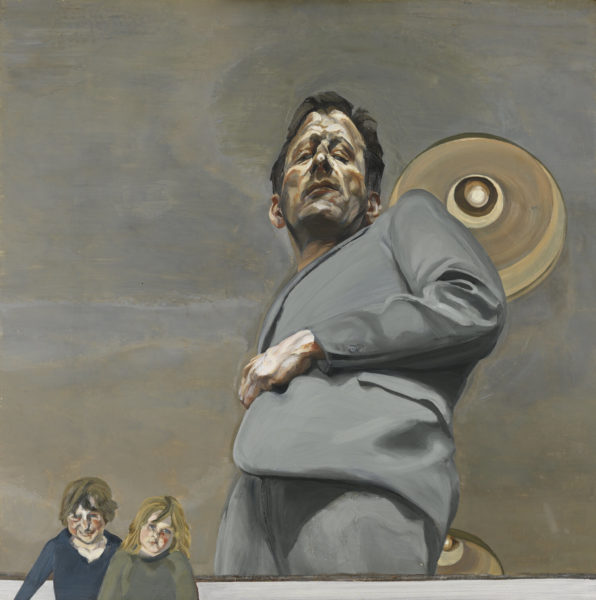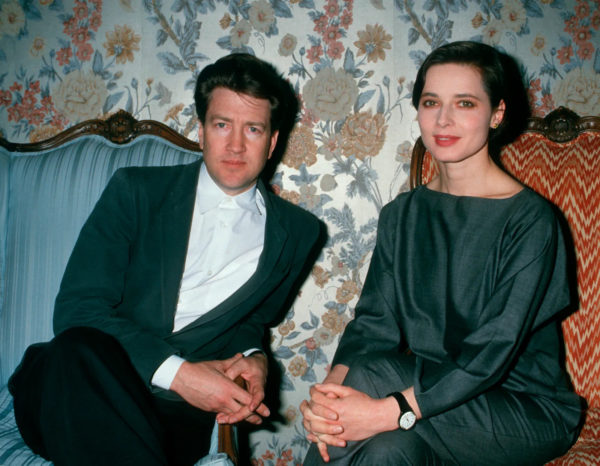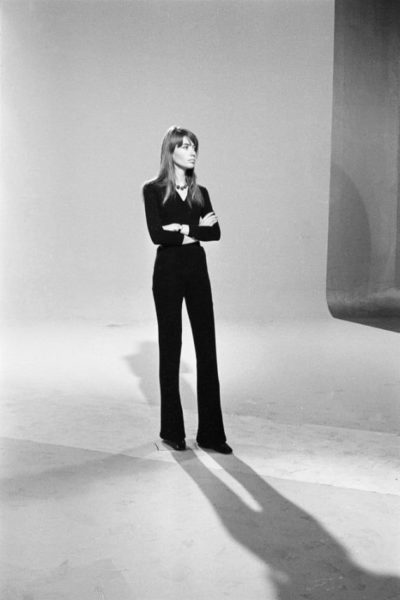Making its debut in 1880, the denim(fabric from Nîmes) - very strong cotton fabric, in twill w More jacket emerged onto the fashion scene courtesy of Levi Strauss, a mere decade following the introduction of the iconic Levi’s jeans. Initially conceived to provide enhanced mobility for miners, railroad workers, and other labour-intensive occupations, this garment had a significant cultural impact.
In 1905, Levi’s unveiled the Levi Blouse, also known by its production code 506, tailored specifically for cowboys and cattle workers. Today, this style is known as Type I. Among the myriad variations of jean jackets, three have endured: the Type I, Type II, and Type III––Type III, the iconic style, had perhaps the most lasting impact.
The Type III features a shorter length for increased flexibility. Equipped with slanted pockets facilitating easier access for horseback riders, this iteration boasted heavy-duty, un-sanforised denim. Traditionally, copper rivets and buttons adorned denim jackets until their oxidization prompted a shift to alternative materials. Distinguished by ‘V’ seams running over the chest pockets and a higher pocket placement, and recognizable for its flapped chest pockets, tailored fit, and waist straps, earned the jacket its moniker “Trucker Jacket.”
As for all jean jackets, Levi’s gave the cue, but brands like Lee and Wrangler added their own dimensions to the garment. Wrangler jackets, for instance, were generally boxier, more rugged, often with diagonal slanted pockets. Meanwhile, in Japan, denim fabric from Okayama popularised the “selvedge”, a fabric where the shuttle returns on the outer edge, binding the threads together, often with a red or yellow contrast line.
The Trucker dominated the 1950s American counterculture, with films like “Rebel Without a Cause,” starring James Dean. Marlon Brando’s portrayal of a dock worker in “On the Waterfront” further popularized the denim look, igniting a far-reaching cultural shift.
In 1951, the tale goes, Bing Crosby faced rejection from a Vancouver hotel owing to his attire of a denim jacket paired with jeans. In response, Levi’s fashioned an entire denim tuxedo for Crosby, calling it the “Canadian Tuxedo”. Unexpectedly, perhaps, the Italian businessman Gianni Agnelli mastered this notorious combination of double-denim.
In the 1960s, icons like Marilyn Monroe embraced denim jackets as a departure from traditional Hollywood glamour. Denim became synonymous with rebellion, exemplified by its adoption within the punk scene and anarchist movements. Punk artists such as the Sex Pistols and The Clash adorned their denim jackets with patches, studs, pins, and other embellishments. In 1989, with the fall of the Berlin Wall, the blue denim trucker once again carried a political message, symbolizing freedom and unity.
By the early 2000s, denim trucker jackets became emblematic of indie music culture, albeit with a preference for sharper cuts and cleaner fabrics, often paired with black skinny jeans. In the hands of designers, like Helmut Land, Jil Sander, and Margiella, the jean jacket became an aspirational piece. Jil Sanders’ interpretation, for instance, turned the Type III’s prominent V-cut into geometric parallels––the fabric the clean, raw, but slub (“slub” refers to denim fabric made with indigo warpall the parallel threads, regularly spaced, arranged in the More yarn of varying thickness. This results in denim without an uneven texture). Most prominently, perhaps, it was Hedi Slimane for Saint Laurent who finalised his post-punk-aesthetics with neatly cut, ultra-skinny, distressed denim jackets, tapping into the indie culture of band roadies and underground clubs.
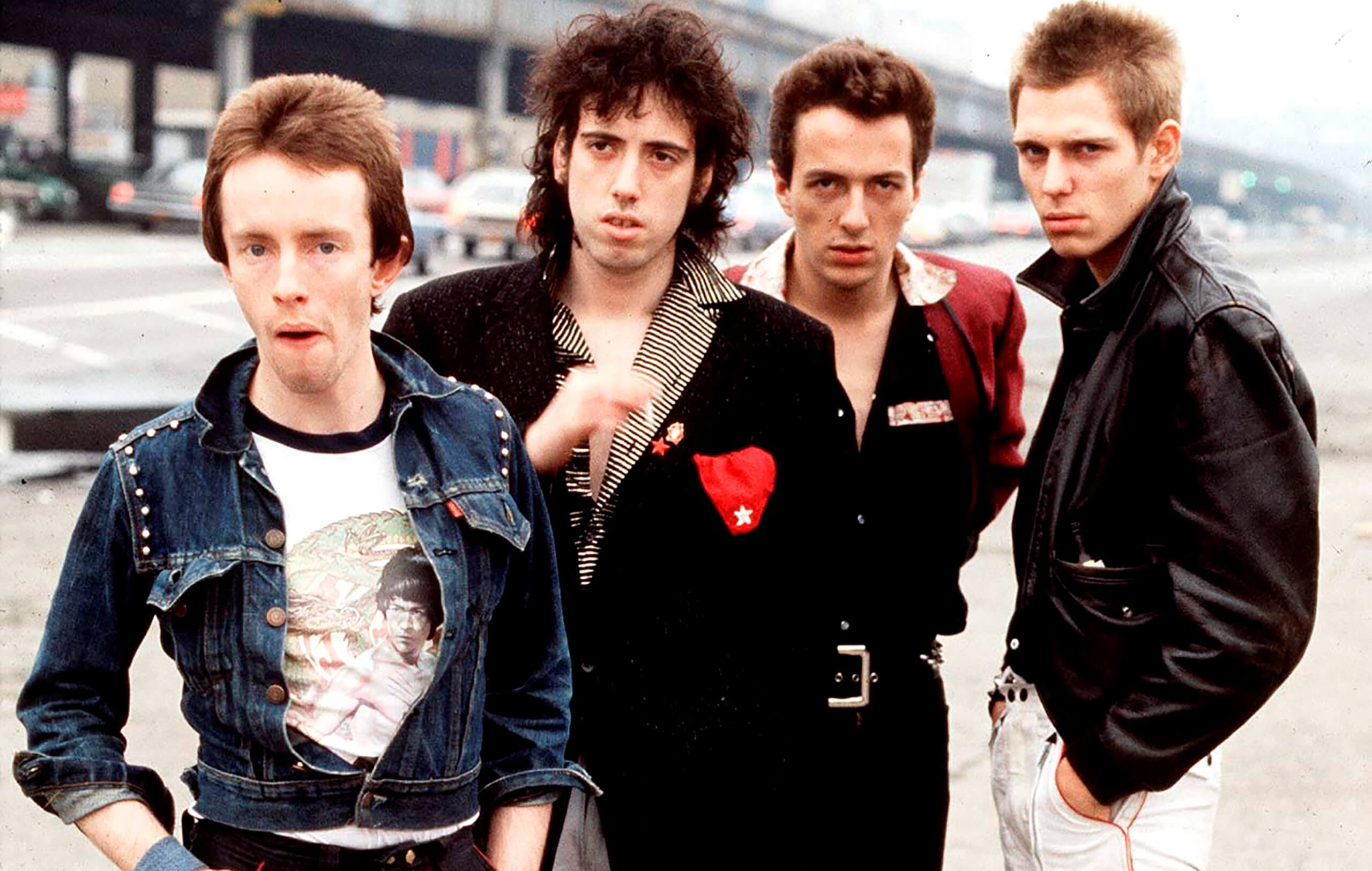
Clash. London, United Kingdom. 1977.
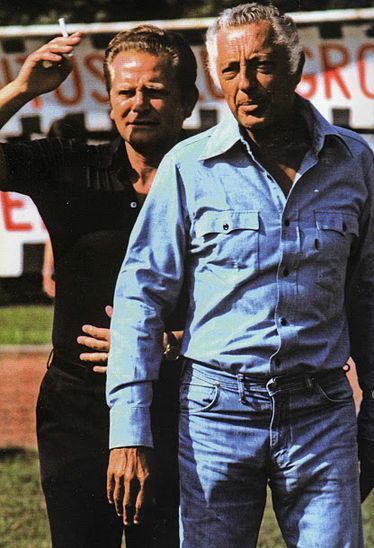
Gianni Agnelli.
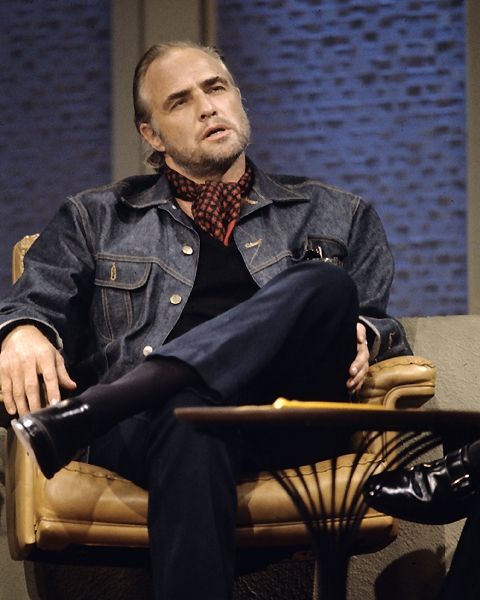
act. Brando Marlon. The Dick Cavett Show. 1973.

John Lennon. New York. 1974.
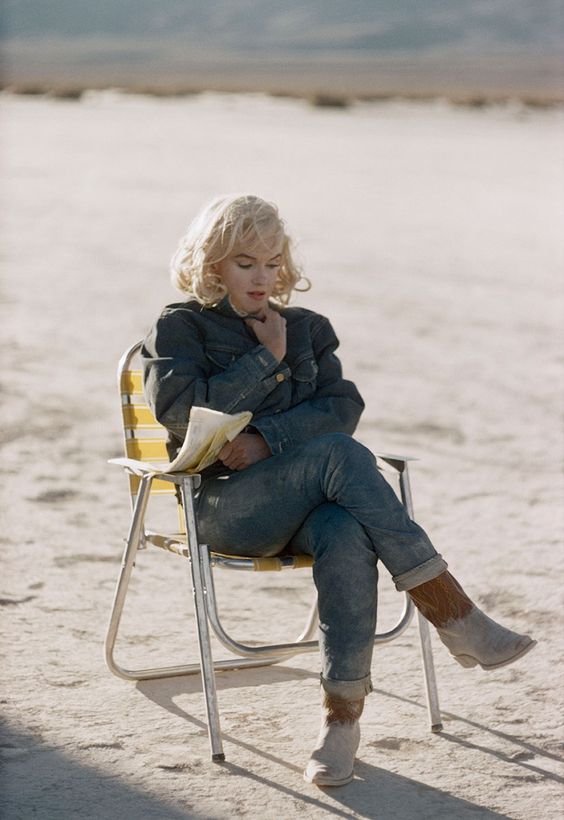
actr. Marrilyn Monroe. The Mystifs. 1960.

Paul Simonon. 1981.

Turner.
- LUCIAN FREUD« from borrowed suits to bespoke tailoring, Freud’s fashion choices evolved with his art »
- DAVID LYNCH« The oddest of Americans, the most American of oddballs, Lynch was a man with a uniform. »
- THE FLARED TROUSER
- BRUMMELL« the most sober, the most strict, the least extravagant man »
